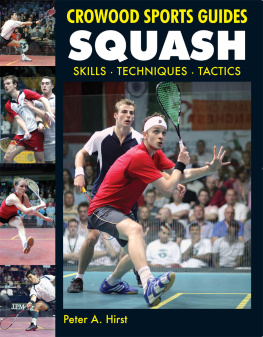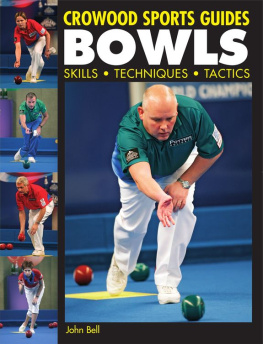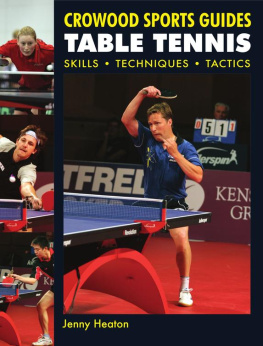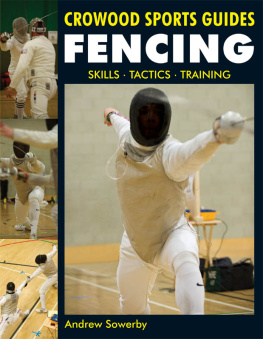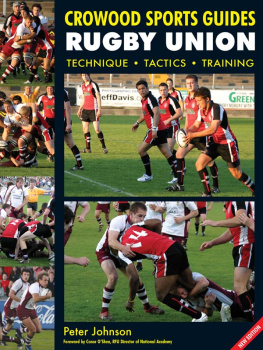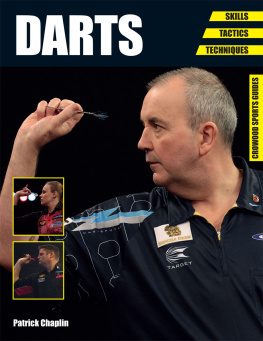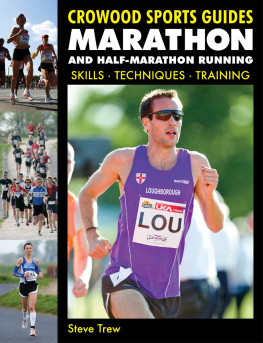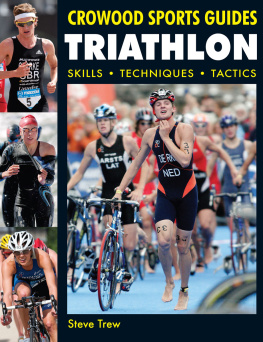
CROWOOD SPORTS GUIDES
SQUASH
SKILLS TECHNIQUES TACTICS
Peter A. Hirst

THE CROWOOD PRESS
First published in 2011 by
The Crowood Press Ltd
Ramsbury, Marlborough
Wiltshire SN8 2HR
www.crowood.com
This e-book first published in 2014
The Crowood Press 2011
All rights reserved. No part of this publication may be reproduced or transmitted in any form or by any means, electronic or mechanical, including photocopy, recording, or any information storage and retrieval system, without permission in writing from the publishers.
British Library Cataloguing-in-Publication Data
A catalogue record for this book is available from the British Library.
ISBN 978 1 84797 860 8
Disclaimer
Please note that the author and the publisher of this book are not responsible or liable in any manner whatsoever, for any damage, injury, or adverse outcome of any kind that may result from practising, or applying, the techniques and methods and/or following the instructions described in this publication. Since the exercises and other physical activities described in this book may be too strenuous in nature for some readers to engage in safely, it is essential that a doctor is consulted before undertaking such exercises and activities.
Illustration credits
All images are Steven Line except the images on , which are
Derek Fuller. The images on are Nick Matthew.
CONTENTS
ACKNOWLEDGEMENTS
The author and publisher would like to offer thanks to all who helped with the production of this book. Thanks to Keir Worth (Head of Performance, England Squash and Racketball) for his input during the inception of the book. Special mention must go to Gary Hearnden for his great contribution to the mental strength section, graphics and the moral support extended to his son Matthew, and to Mike Harris, Squash Coach, whose contribution, help and support have proved invaluable. Thanks also go to Ann Travers and Elysha Ramage (for proof reading); Stafford Murray of the English Institute of Sport (for material on match analysis); Steve Line of SquashPics.com and Derek Fuller of Derek Fuller Photography (for providing the photographs); and to the players that feature in the photographs.
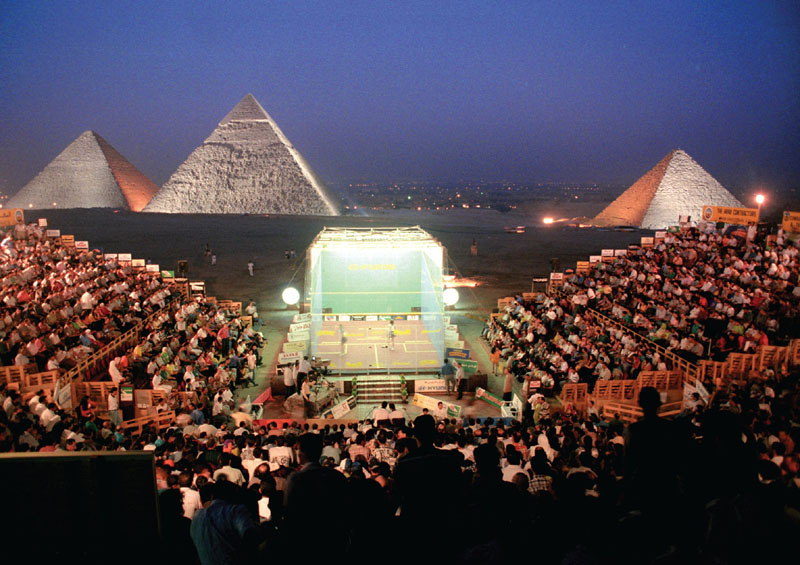
Squash in the shadow of the pyramids.
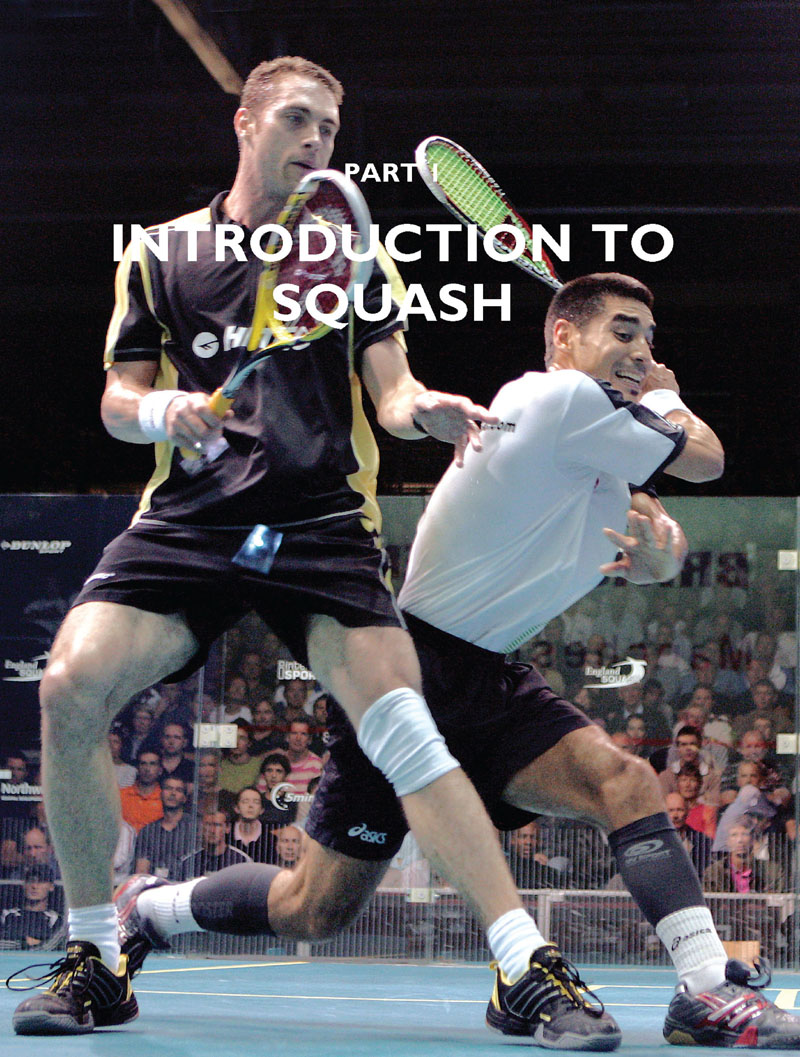
CHAPTER 1
THE GAME OF SQUASH
The History of Squash
The earliest records suggest that all racket ball games originated from real or royal tennis. Squash has the same roots, with records of street games in the narrow rues of twelfth-century France. Children would strike the ball with their hands, causing it to bounce against walls, doorways and roofs; the rules were governed by the local architectural design. Over time the popularity of the game spread to the monasteries and, in the fifteenth century, the Dutch invented the racket and the game became known as tennis. The word tennis comes from the French word tenez, which was shouted as a warning before each serve.
Records show that in the early eighteenth century, inmates of Fleet Prison a debtors prison in London played a version of tennis outside against one or two walls with a hard ball made of wound cloth and an elongated tennis bat. The popular version of this, called racquets, spread and was played in alleyways, pubs and schoolyards. Around this time a number of courts were being built, albeit of different dimensions. The first was at the military establishment of Woolwich in London. This was followed fifteen years later by another court at the Marylebone Cricket Club, and a further ten years later seven courts were built at the Princes Club in London. Racquets was also spreading to the colonies, and courts were built in Halifax, Nova Scotia, India, Australia and America.
Similar to racquets was a game called fives, which stemmed from a version of handball. It was essentially the same as racquets but used the hand instead of a racket. Fives became popular at public schools, especially the prestigious Eton and Rugby, each with their own version. At the Harrow School in London the younger boys produced a new rubber ball, which was played with shortened rackets at a slower pace. This new version of the game forged a marriage of racquets and fives, which became increasingly popular, and the new sport of squash was born.
The organization of competitions and more opportunities to play led to a rapid increase in the popularity of squash. However, courts had differing dimensions and there was no standardization of rules or equipment. In 1923 the Royal Automobile Club, London, hosted an open meeting of English clubs and formed a Squash Rackets Representative Committee and, in 1928, the Squash Racquets Association was formed to govern squash in Great Britain. The first task of the Association was to standardize court dimensions and balls.
A further surge in the popularity of squash came after the Second World War. At this time a number of countries developed a culture of squash, which led to the advent of international squash. During this period, Australia emerged as the world force. In 1967 representatives of Australia, Great Britain, Egypt, India, New Zealand, Pakistan and South Africa came together in London and formed the International Squash Rackets Federation (ISRA). Two years later they were joined by the USA and Canada, even though these countries followed a different format of play. In 1992 the ISRA changed its name and became the World Squash Federation (WSF). Since the reign of the WSF, squash has enjoyed its greatest boom, currently sporting a membership of 147 countries with over 185 countries playing. The WSF has led to the acceptance and recognition of squash on the world stage.
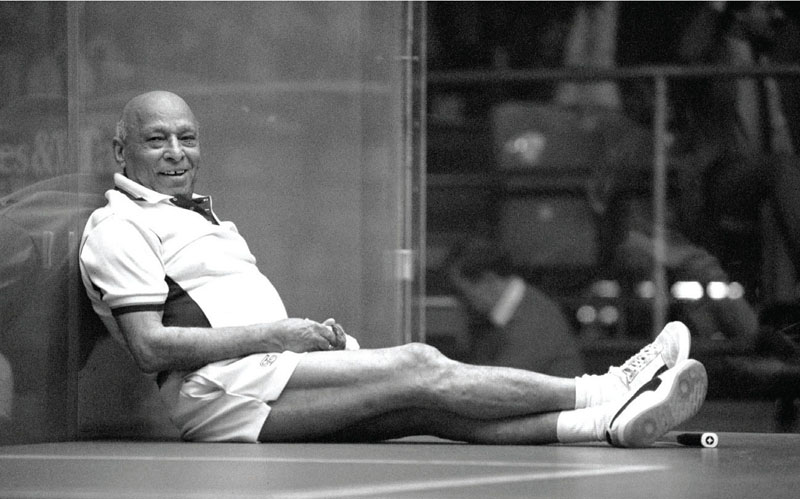
The legendary Hashim Kahn taking a well-earned rest.
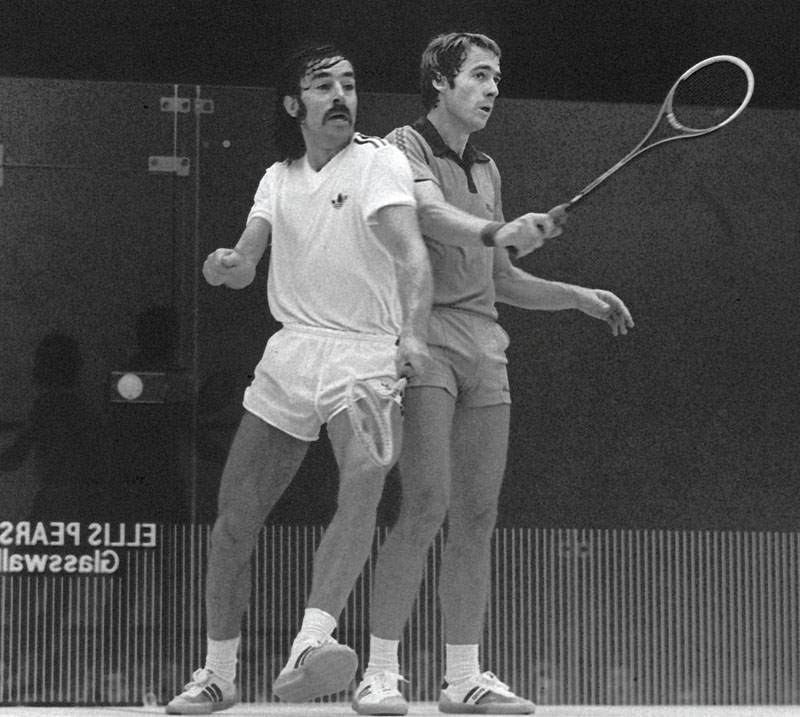
One of the great battles between Geoff Hunt and Jonah Barrington.
Since its inception, the British Open has been viewed by many as the World Championships, especially before the advent of the professional game. The first British Open winner was Amr Bey of Egypt, arguably the first of many colourful personalities over the years. The year 1951 brought the beginning of the Khan dynasty with the legendary Hashim. This period saw the Khans take twelve successive Opens. Then came the Jonah Barrington and Geoff Hunt mammoth battles of the 1960s and 1970s, with Jonah taking six titles and Geoff seven. Meanwhile Heather McKay of Australia went for a staggering eighteen years without losing a match.

